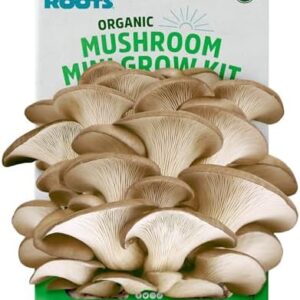In today’s world, it’s becoming more and more important to embrace a sustainable and eco-friendly approach to just about everything, including our landscaping habits. One way to do this is by incorporating gardening for wildlife into your outdoor space. Not only does this benefit the environment and the creatures that inhabit it, but it also adds beauty, interest, and a real sense of connection to the natural world right in your own backyard.
Gardening for wildlife involves creating a habitat that attracts and supports a diverse range of species, from birds and butterflies to bees and other pollinators. By providing food, water, shelter, and breeding opportunities, you can create a thriving ecosystem that not only benefits the creatures that call it home but also adds a touch of magic and wonder to your garden.
One of the key principles of gardening for wildlife is to plant a diverse range of native plants. Native plants are those that naturally occur in your region and have evolved alongside the local wildlife. They provide food and shelter for a wide variety of creatures, making them an essential part of any wildlife-friendly garden. By planting a mix of trees, shrubs, flowers, and grasses, you can create a habitat that attracts a range of different species throughout the year.
When choosing plants for your garden, it’s important to consider the needs of the wildlife you want to attract. For example, butterflies and bees rely on nectar-rich flowers for food, while birds need a variety of plants for shelter and nesting. By selecting a mix of plants that bloom at different times and provide different types of food and shelter, you can create a diverse and welcoming habitat for a wide range of creatures.
In addition to planting native plants, there are a variety of other ways to make your garden more wildlife-friendly. Providing water sources, such as bird baths or small ponds, can attract a variety of creatures, from birds and insects to amphibians and other wildlife. Creating sheltered areas, such as brush piles or rock piles, can provide hiding spots for small mammals, reptiles, and insects. And leaving leaf litter and fallen branches in your garden can provide valuable habitat for a range of creatures, including insects, birds, and small mammals.
Another important aspect of gardening for wildlife is to avoid the use of chemical pesticides and fertilizers. These products can be harmful to wildlife, as well as to the environment as a whole. Instead, try to use organic gardening methods, such as composting, mulching, and companion planting, to maintain a healthy and thriving garden without relying on harmful chemicals.
By taking a more sustainable and eco-friendly approach to landscaping, you can create a garden that not only looks beautiful but also supports the local wildlife and helps to protect the environment. Gardening for wildlife is a rewarding and fulfilling way to connect with nature and make a positive impact on the world around you.
So whether you have a small balcony or a sprawling backyard, why not consider gardening for wildlife? By incorporating native plants, providing water sources and shelter, and avoiding harmful chemicals, you can create a thriving habitat for a wide range of creatures, from bees and butterflies to birds and small mammals. Embracing a sustainable and eco-friendly approach to landscaping is not only good for the environment but also adds a sense of wonder and beauty to your outdoor space. So why not give it a try and see the magic that unfolds in your own backyard?







